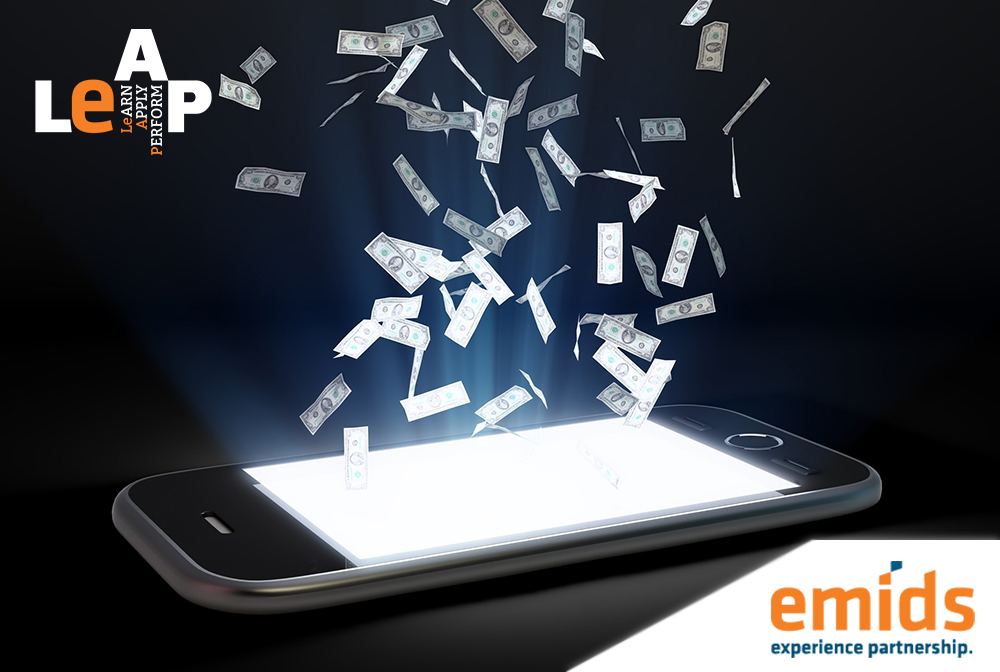During the Mobile World Conference, 2015, held in February, Visa Europe made a number of announcements around its mobile payment strategy including peer to peer payment via social media as Facebook, Whatsapp etc. Visa wanted to be a part of the rapid changes in the mobile-payment industry. A clear indication of change was, just a month after the release of Apple Pay, the service accounted for 1% of all digital payment in US alone. This was considered remarkable by analysts. The industry believes the mobile payment sector is rapidly reaching a tipping point for user acceptance and adoption.
Before we go further, let’s understand first how these payments function. Mobile payments are PoS (Point of Sales) transactions over the mobile devices that are safe and convenient. There is no credit card data saved on the merchant terminal, instead the user’s mobile device actually becomes a security or authentication token. Security tokens provide a two-factor authentication: the user’s personal identification number (PIN), which authorizes them as the owner of the device; the device then generates a random code which uniquely identifies the user to the service, allowing them to log in. Depending upon the technology used, the token may be transmitted over the air (OTA) or entered manually into a keypad by the consumer. In mobile payments, the merchant and the mobile payment service provider both share responsibilities for protecting the user’s data.
What could the mobile-payment industry change in the banking and financial services? It could make transactions faster and immediate. Allow financial institutions to be more responsive to customer needs and hence provide more accurate and bespoke solutions to customers.
In June 2015, MEF launched its third annual Global Mobile Money report which studied 15,000 mobile users across 15 countries. Some of the key insights that the report highlighted were
- Worldwide, 66% of mobile media users carried out a transaction via mobile in 2014; mobile banking was 69%.
- 25% of feature phone users named social media apps as their number one destination for mobile commerce.
- 14% use their mobile device for shopping while engaging with other media like TV programmes.
- Globally only 8% have used a mobile wallet.
.
Some key trends on the mobile-payment via the MEF report:
- Online purchase vs. across the counter – 58% of respondents said they hadfound something they wanted to buy while surfing on a mobile but then bought it in a shop. On the reverse, with 28% brazenly making a mobile purchase while in the store.
- Banking – 69% of mobile users currently do some form of banking on their phones. The biggest activity is still the most basic: 28% only use it to check their balance. But a rising number perform more sophisticated actions such as transferring funds between accounts (18%), sending money to someone else (16%), and applying for a loan (9%).
- Convenience – 32%of consumers indicated that mobile money was ‘convenient’, showing how highly people value speed and immediacy when making a purchase. Payment providers are all too aware of the requirement to make services as friction-free as possible. Perhaps fingerprints offer the solution. For many, they represent the best opportunity to reduce a purchase to one action. Apple already supports this process for iTunes transactions. And in the summer of 2014, it made its TouchID APIs available to third parties so that iPhone owners could log into their favourite apps with one finger press.
Many experts in the mobile industry believe that mobile payment is one of the fastest growing sectors within the mobile industry. They predict, higher adoption methods and numerous paymentgateways, will increase payments by 60.8% in 2015 alone.








